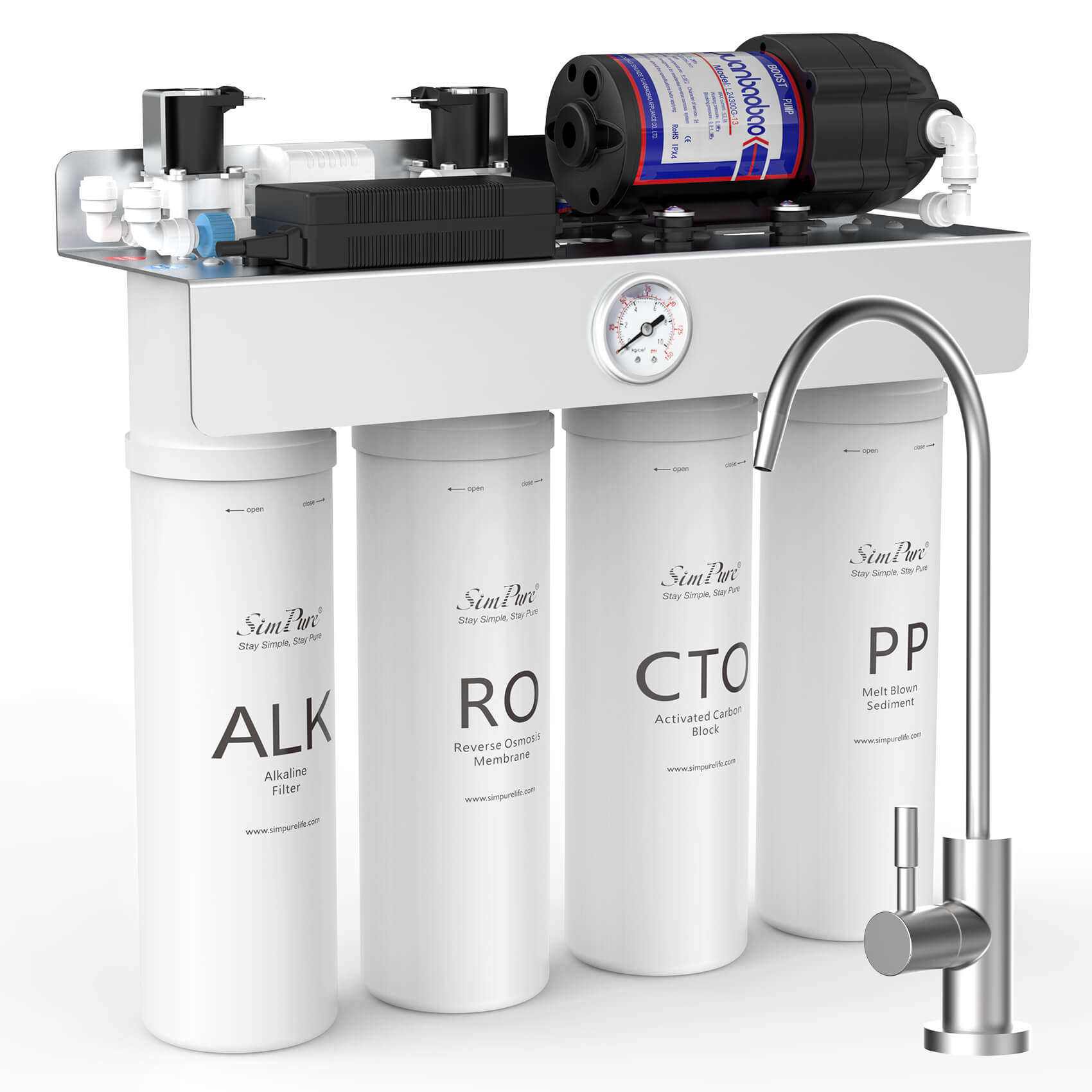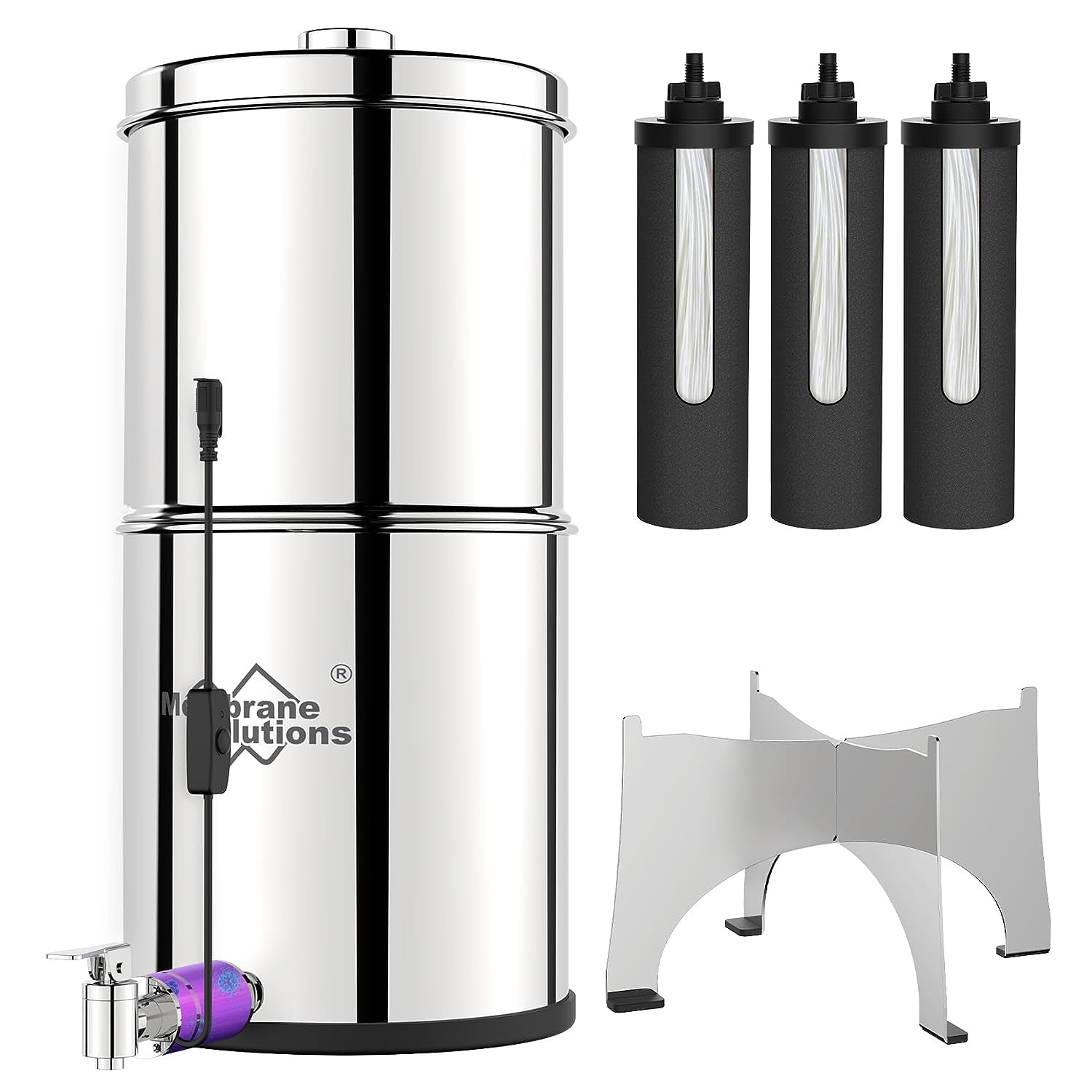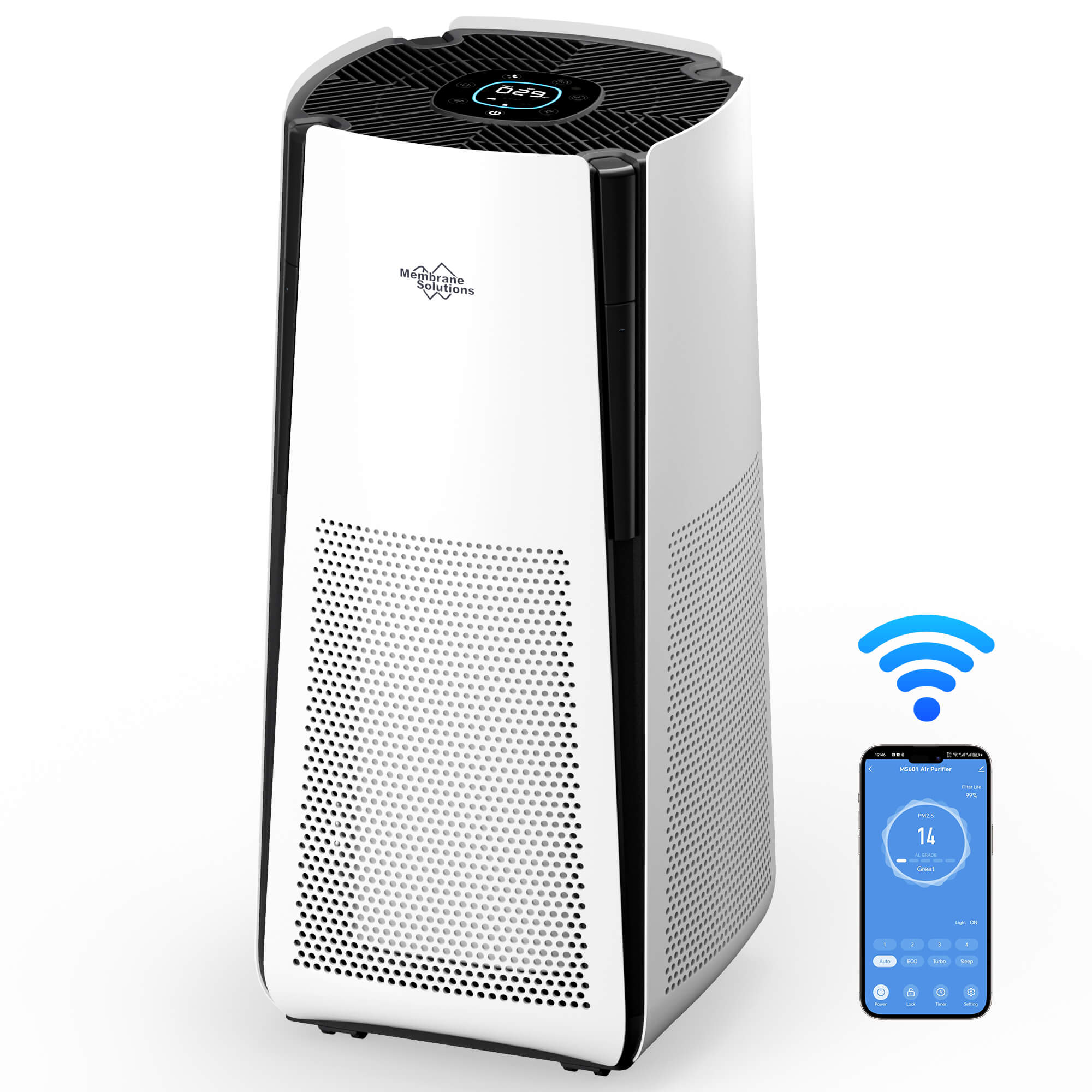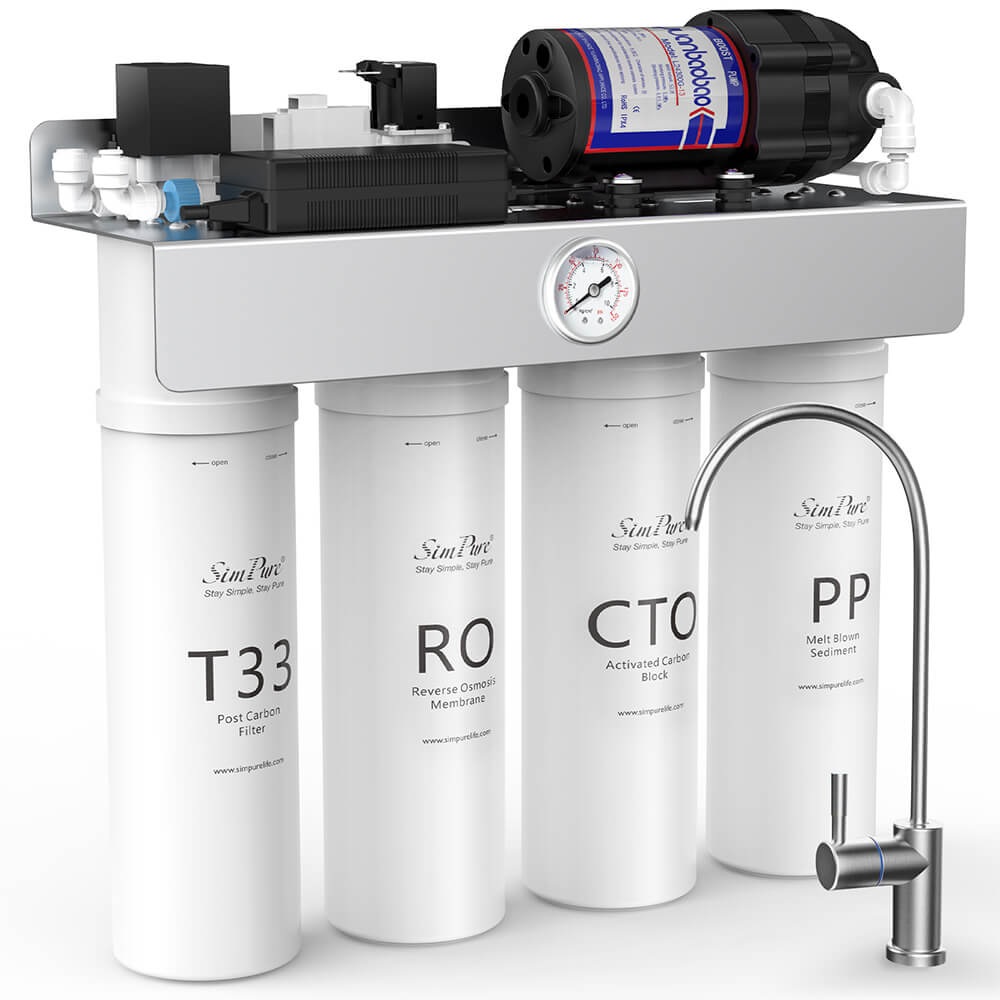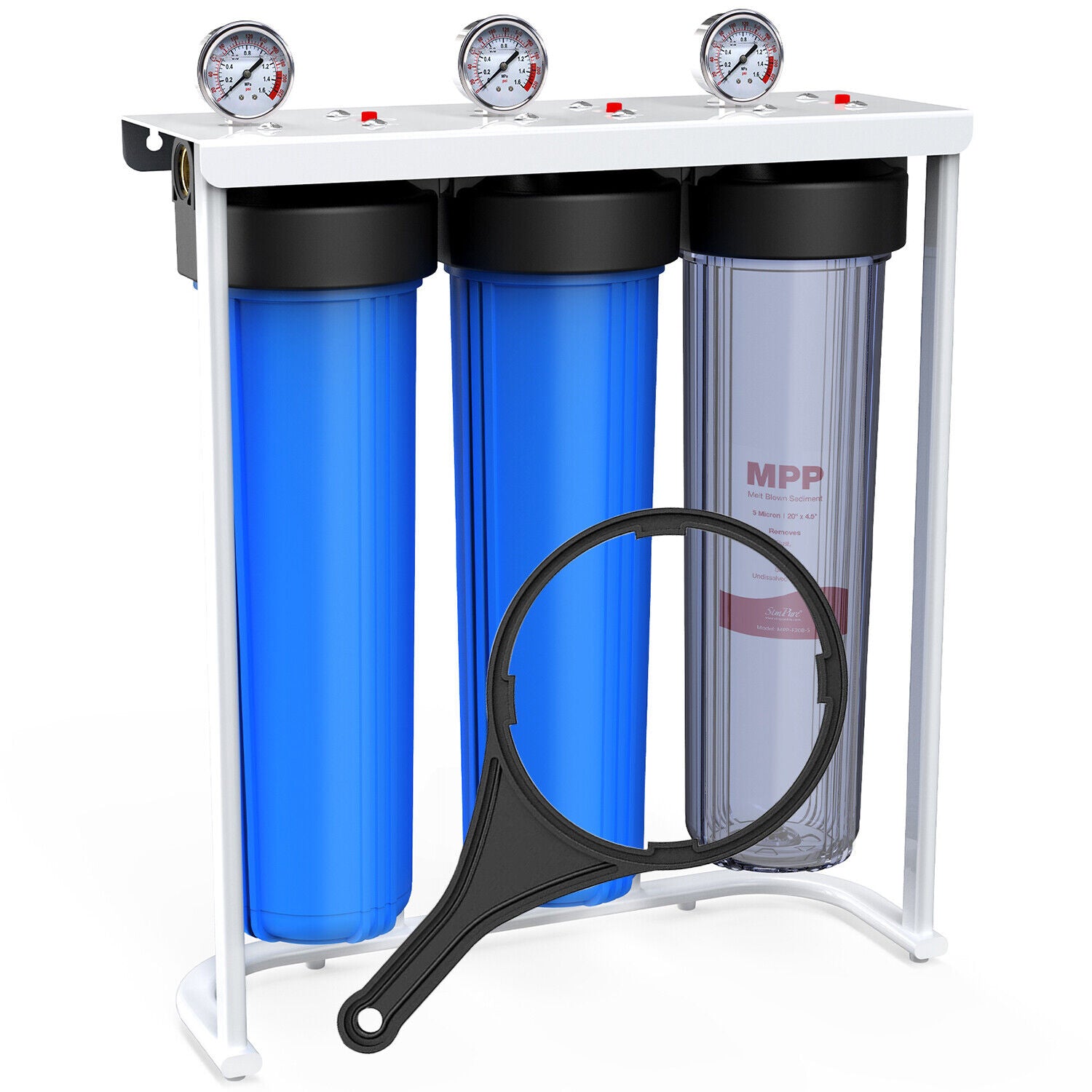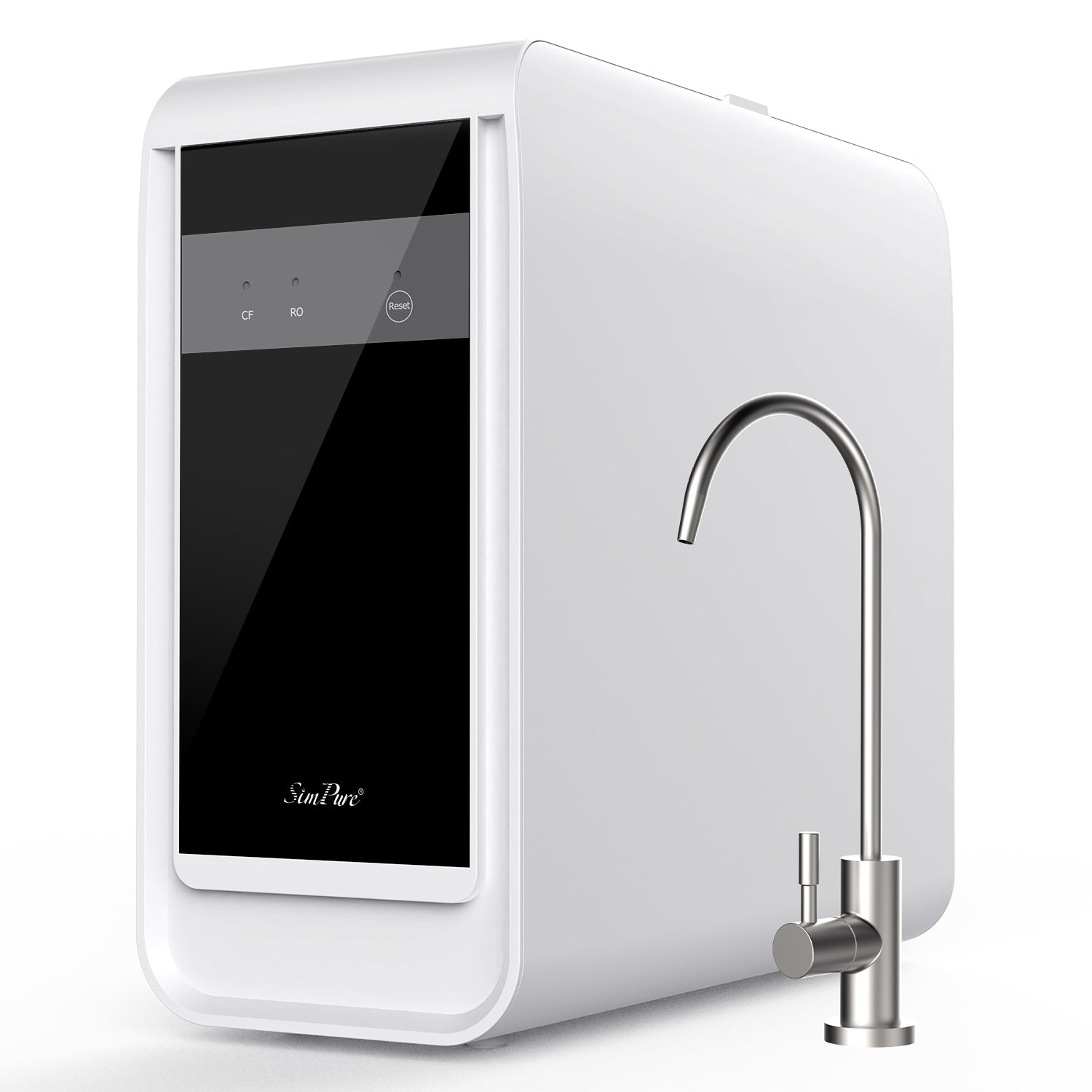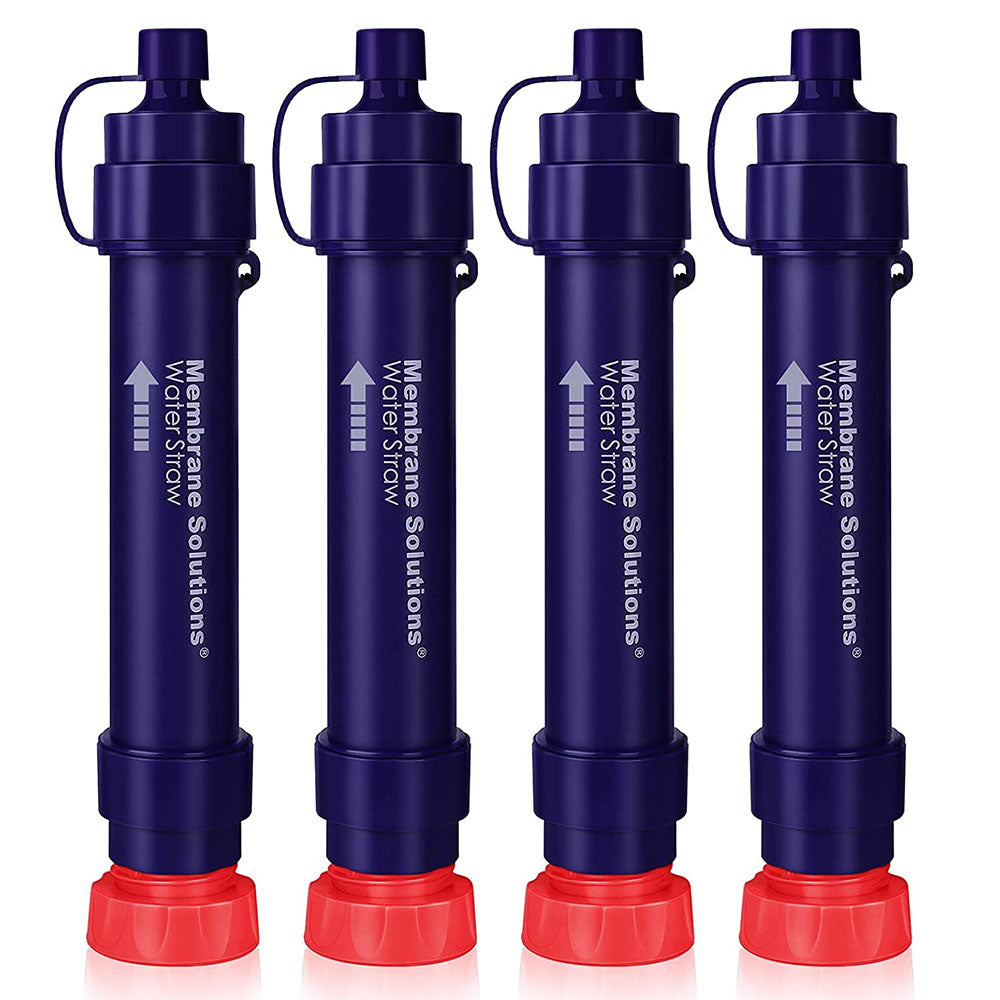Wildfire seasons bring forth not only a sense of urgency but also concerns about the impact of smoke on our health. As we inhale the particles and noxious chemicals present in the air during these events, it's natural to question the potential consequences, including the likelihood of experiencing headaches. In this blog post, we will explore the effects of wildfire smoke on our bodies, particularly focusing on the potential link between smoke and headaches. Additionally, we will discuss preventive measures and effective ways to find relief from wildfire smoke causing headaches.
Table of Contents
I. How Does Wildfire Smoke Affect the Body?
II. So Can Wildfire Smoke Cause Headaches?
Other Symptoms Associated with Wildfire Smoke
III. Preventing Headaches Caused by Wildfire Smoke
B. Creating a Clean Indoor Environment
IV. Finding Relief from Wildfire Smoke-Induced Headaches
I. How Does Wildfire Smoke Affect the Body?

1. Inhalation of Fine Particulate Matter (PM2.5)
Wildfire smoke contains a significant amount of fine particulate matter, known as PM2.5, which refers to particles smaller than 2.5 micrometers in diameter. These particles are so tiny that they can penetrate deep into our respiratory system, reaching the lungs and even entering the bloodstream. PM2.5 is composed of various substances, including soot, ash, and chemical compounds.
Inhaling PM2.5 can have severe health effects. The small size of these particles allows them to bypass our body's natural defense mechanisms, such as nose hair and mucus, and penetrate deep into the lungs. This can lead to inflammation, irritation, and damage to the respiratory system. Individuals with pre-existing respiratory conditions, such as asthma or chronic obstructive pulmonary disease (COPD), are particularly vulnerable to the adverse effects of PM2.5 exposure. Moreover, prolonged exposure to high levels of PM2.5 can increase the risk of cardiovascular problems, respiratory infections, and even premature death.
2. Chemical Irritants in Wildfire Smoke
In addition to PM2.5, wildfire smoke contains an array of chemical irritants that can further exacerbate the impact on our bodies. During combustion, various organic compounds are released, including volatile organic compounds (VOCs), polycyclic aromatic hydrocarbons (PAHs), and hazardous gases like carbon monoxide and nitrogen dioxide.
These chemical irritants can have detrimental effects on both respiratory health. VOCs such as benzene, toluene, and formaldehyde can cause respiratory irritation, eye irritation, and headaches. PAHs, which are formed when organic matter burns, have been linked to lung cancer and other serious health conditions. Carbon monoxide, a colorless and odorless gas, can bind to hemoglobin in our blood, reducing its ability to transport oxygen and leading to symptoms like headaches, dizziness, and fatigue. Nitrogen dioxide, released during combustion processes, can inflame the airways and worsen respiratory conditions such as asthma.
II. So Can Wildfire Smoke Cause Headaches?
Absolutely, there is a considerable body of research indicating a connection between wildfire smoke and headaches. Scientific studies have revealed that exposure to smoke can trigger headaches, particularly in individuals who are already susceptible to migraines or tension headaches. The fine particulate matter (PM2.5) present in smoke, along with the chemical irritants released during combustion, can stimulate inflammation and irritation in the respiratory system. This inflammation can then extend to the blood vessels and nerves in the head, leading to headache symptoms.
Other Symptoms Associated with Wildfire Smoke
Apart from headaches, individuals exposed to wildfire smoke may experience additional symptoms, such as feeling sick or nauseous. These symptoms can arise due to the irritating nature of PM2.5 particles and chemical irritants present in smoke. The respiratory system can become inflamed and irritated, causing discomfort and a range of accompanying symptoms and it may vary based on factors such as individual sensitivity, duration of exposure.
III. Preventing Headaches Caused by Wildfire Smoke
A. Monitoring Air Quality
To effectively prevent headaches caused by wildfire smoke, it is crucial to monitor the air quality in your area. The Air Quality Index (AQI) is a standardized scale that measures the level of pollutants in the air. During wildfires, the AQI becomes particularly relevant as it provides valuable information about the smoke concentration and its potential health effects. Familiarize yourself with the AQI and understand its various categories, ranging from "Good" to "Hazardous." For specific AQI Basics for Ozone and Particle Pollution, you can check https://www.airnow.gov/aqi/aqi-basics/.
B. Creating a Clean Indoor Environment
Based on the AQI levels, you can take specific precautions to minimize your exposure and reduce the risk of headaches. When the AQI is moderate, consider limiting your outdoor activities, especially if you are prone to headaches. As the AQI worsens, it is advisable to stay indoors and create a clean indoor environment in the following ways:
1. Installing Air Purifiers
To effectively combat the infiltration of smoke particles into your indoor spaces, consider installing air purifiers. You can read our previous blog Do Air Purifiers Work for Wildfire Smoke to learn the details. These devices are designed to filter out harmful pollutants, including smoke particles, and improve the overall air quality within your home. When selecting an air purifier for smoke removal, look for features such as a high CADR (Clean Air Delivery Rate), which indicates its efficiency in removing smoke particles.
One recommended option is the MS600 Air Purifier, which offers a 353CFM (600 m³/h) and can effectively clean rooms up to 2647ft² in as little as 1 hour or 1200 ft² in just 30 mins. With its True HEPA filter and activated carbon filter, the MS600 can capture smoke, allergens, dust, pollen, and neutralize bad smells, pet odors, VOCs, viruses, and bacteria. It is enough for a family of more than 6 to use. In addition, it has a smart auto mode & real-time pm 2.5 air quality display, which can let you stay in control of your large rooms air quality during the wildfire season.
2. Sealing and Ventilating the Home
To prevent smoke infiltration and maintain a clean indoor environment, it's crucial to seal your home and implement proper ventilation techniques. Seal any openings or cracks in windows, doors, and vents to minimize smoke entry. Consider using weatherstripping or caulk for effective sealing. Additionally, ensure proper ventilation by using exhaust fans or opening windows when outdoor air quality improves.
IV. Finding Relief from Wildfire Smoke-Induced Headaches
A. Natural Remedies for Headaches
1. Hydration and Steam Therapy
When dealing with headaches caused by wildfire smoke exposure, staying hydrated is essential. Adequate hydration helps maintain optimal blood flow and supports the body's natural detoxification processes. Make sure to drink plenty of water throughout the day to keep your body hydrated.
In addition to hydration, steam therapy can provide soothing relief for headache symptoms. Fill a bowl with hot water and inhale the steam by placing a towel over your head to create a steam tent. This helps to open up the nasal passages, reduce congestion, and alleviate headache discomfort.
2. Aromatherapy and Essential Oils
Aromatherapy can be a powerful tool for relieving headache symptoms. Certain essential oils have properties that can help alleviate pain and promote relaxation. For headache relief, consider using essential oils such as lavender, peppermint, eucalyptus, or chamomile.
To use aromatherapy effectively, you can add a few drops of your chosen essential oil to a diffuser or mix it with a carrier oil and apply it to your temples, forehead, or the back of your neck. Inhaling the aroma or gently massaging the oil onto your skin can help ease headache tension and provide a calming effect. Here we strongly recommend this MS50 essential oils air purifier for you, which has built-in essential oil sponge that you can add a few drops of your favorite essential oils (Not Included) to the air purifier's aromatherapy box. It allows you to purify your surrounding air while enjoying the scented air. Remember to choose high-quality essential oils and perform a patch test to ensure you don't have any adverse reactions.
B. Over-the-Counter Medications
1. Analgesics for Headache Relief
When it comes to alleviating wildfire smoke-induced headaches, over-the-counter analgesics can provide much-needed relief. Common pain relievers such as acetaminophen (Tylenol), ibuprofen (Advil, Motrin), and aspirin are often effective in reducing headache symptoms. These medications work by targeting pain receptors and reducing inflammation in the body.
2. Nasal Decongestants and Sprays
Nasal congestion often accompanies wildfire smoke exposure and can contribute to headache symptoms. Over-the-counter nasal decongestants and sprays can provide temporary relief by reducing nasal swelling and opening up the airways. These products typically contain active ingredients like oxymetazoline or phenylephrine, which constrict blood vessels in the nasal passages
In conclusion, the connection between wildfire smoke and headaches is a significant concern for individuals exposed to these environmental conditions. The inhalation of fine particulate matter (PM2.5) and chemical irritants present in wildfire smoke can trigger headaches and other respiratory symptoms. To prevent and alleviate smoke-induced headaches, it is crucial to stay informed about air quality levels, limit outdoor activities when the air quality is poor, and prioritize indoor environments that provide cleaner air. Installing an air purifier during the wildfire smoke season can significantly improve indoor air quality by removing harmful particles and reducing the potential health effects of smoke exposure.




